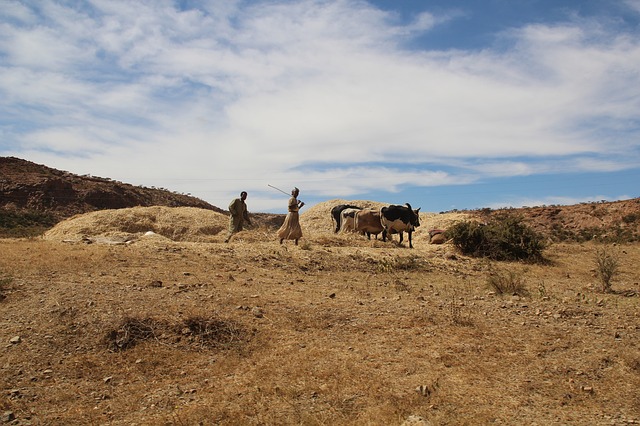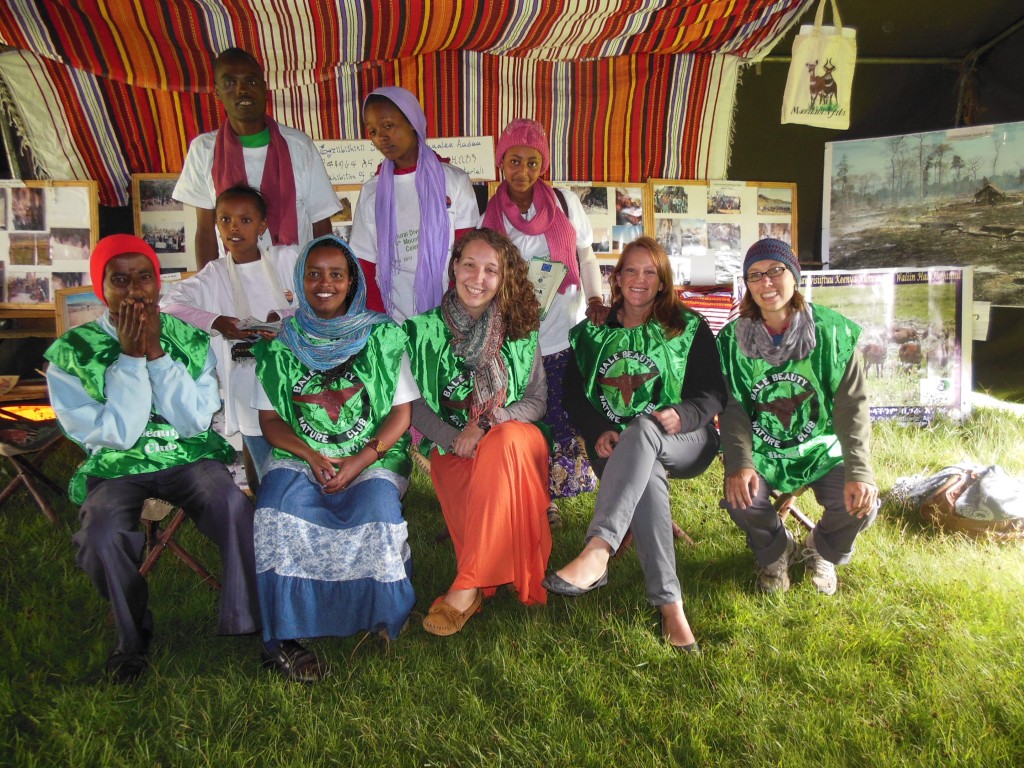The Problem with Volunteer Tourism


And, I wanted to travel. Coming from a girl who never wanted to do dishes or take out the trash on a regular basis, it was a surprise to my parents. Our girl, who doesn’t want to serve her family, wants to go serve others?
I thought I was “called” to go back and do more work. I thought what I did was valuable.
I went on the trip, I saw true poverty, and I was deeply impacted by what I saw. I came back, trying to tell others what I was a part of for a week of my life, and I would cry. I was connected to that country for years, and I thought I was “called” to go back and do more work. I thought what I did was valuable and that the people I helped and did services for and the kids I hugged and played games with needed my help, needed my time, and needed my non-existent yet all-knowing Western expertise.
A few weeks ago, I was on the other end of the spectrum, planning, hosting, and escorting a group on a volunteer tourism trip within my own town. I coordinated their service projects with the help of my site mates, developing projects to be completed, and creating a schedule of activities and opportunities for cultural discovery. This experience, in combination with my Peace Corps service, has developed in me a firm belief that short-term, volunteer tourism is a feel-good, eye-opening learning experience, but nothing more.
Our efforts wasted materials and took jobs away from individuals who could have been paid to do the work properly and been amply compensated for their work with less than half of our eating expenses for the week.
The services provided during these types of experiences do not aid the communities in which a group is working. Building a house, painting an orphanage, building fuel-efficient stoves, constructing a campsite, and conducting daycare are taking away jobs from community members who depend on those jobs daily to provide a small amount of income for their family. Income with which every day is still a struggle to survive, and one day without negatively affects a family.
Service projects leave those who participate with a sense of well-being, feelings of positive impact, and of success and accomplishment. I know I felt that way after my first service trip. In South Africa, we spent our time and efforts mixing concrete to refurbish a charity compound, yet our cement mixing was shoddy and incorrect and was not effective in accomplishing the needs of the site. Our efforts wasted materials and took jobs away from individuals who could have been paid to do the work properly and been amply compensated for their work with less than half of our eating expenses for the week.
Building a house, painting an orphanage, building fuel-efficient stoves, constructing a campsite, and conducting daycare are taking away jobs from community members.
One of the most interesting things I have observed about service trips, from my own experience and from coordinating one for others, is the disparity of expectations and outcomes. Groups come wanting to serve a community and leave feeling they were most productive painting a classroom or playing with children. This is because they can immediately see the impact of their work, be it a colorful classroom or smiling children. But painting a classroom and playing with kids doesn’t actually do anything except make a room look pretty or introduce Red Rover into the regular rotation of kids’ games.
In reading survey evaluations of the group, I found the projects they enjoyed the most and viewed as the most valuable were those which had the smallest impact in the long run—painting a mural and teaching an English club class. While those were valuable experiences for them and made the club facilities more welcoming and appealing, they were not on par with the service projects which they so emphasized and desired. But they were also very aware of the activities which did not go as planned and were critical of the actual service opportunities that fell through due to weather (or because community organizations here did not know how, or did not want, to utilize the group for a morning or a day).
In reading survey evaluations of the group, I found the projects they enjoyed the most and viewed as the most valuable were those which had the smallest impact in the long run.
Not to say that donations are the answer to an effective service trip either. Donations, be they monetary or tangible, create dependence on outside sources and take away opportunities for industry development or pre-existing services. Additionally, bringing over donations or school supplies, clothing, or money and handing them out a-la-cart with no specific program or aim can have negative effects on a community, particularly on long-term volunteers living in a community who then become bombarded with demands for more pencils, more shirts, and more money.
Because the real problem is not that communities lack the things most commonly donated, it’s that the people in those communities prioritize their purchases—sometimes incorrectly—to maximize their small amount of income. Poverty is the problem, not lack of shoes and school supplies. And giving away donations willy-nilly does not correct the problem. Instead, it compounds it and creates dependence on foreign visitors and outside aid.
Donations, be they monetary or tangible, create dependence on outside sources and take away opportunities for industry development or pre-existing services.
Not to say that my two years here in Ethiopia, or any two years spent on a service project, is the answer. But I know from my experience so far, that to really serve a community and meet their needs, you have to build relationships and understand the problems and wants of a community. Creating relationships allows for development of strategies and modelling of responsible behavior. Creating relationships allows for a project to be developed alongside community partners, instilling in them a sense of ownership and the ability for sustainable continuation of a productive and effective project.
Instead of a group with one semi-personal connection coming in from the outside being given a pointless job to do (in the eyes of a community or organization), an individual or group coming in with a strongly built up relationship with a community or organization can discover the true needs of their community partners. They may even be sought out to help accomplish more specific and vital goals, which will positively impact the community partners and ensure productive longevity long after the individual or group has left for home.
And giving away donations willy-nilly does not correct the problem. Instead, it compounds it and creates dependence on foreign visitors and outside aid.
I don’t have the answer for how to successfully handle this disparity. Service trips are a vital part of church communities and school groups. Providing opportunities for young adults and others to get out and see other countries is a humbling experience that sticks with and positively impacts those who are blessed enough to partake in service trips. But in regards to effectiveness in the countries served, much is to be desired.
Ideally, groups coming to provide services would do just that—provide services needed—such as training community members in professional and technical skills that can be used in the future, to accomplish specific and continual goals for a partner organization. Examples would be providing business training for women with shops and production output or educating youth leaders about the myths of HIV/AIDS and safe sex and then helping them develop individual action plans with which they go out and educate their peers.
Positive impact on a community is not making children smile nor painting a classroom.
But these kinds of projects require professionals and experienced individuals, and often, long-term community build-in and development. Service trips geared towards younger, inexperienced groups are unable to fulfill needs such as these, and here-in lies the problem.
I don’t have the answer, but what I do know is that there is a disparity between the needs of community partners and the expectations of service trip groups. Positive impact on a community is not making children smile nor painting a classroom. It is not completing a project while taking away work opportunities from local community members. Service is about meeting the needs of a community and in regards to international service, we need to find new ways to do so.
The Problem with Volunteer Tourism photos by Nora Kreml and Unsplash.










Really interesting article. It is not often that people address this side of volunteering. There is a fine line between what is helpful and harmful when interfering in other communities. Thanks for offering your opinion. This article is very eye-opening and insightful.